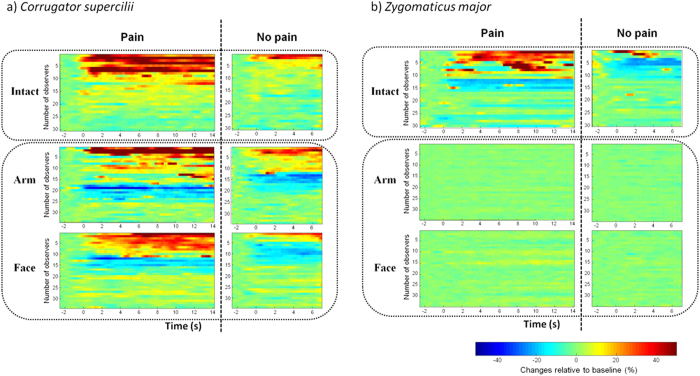Figure 3. Temporal distribution patterns of corrugator supercilii (a) and zygomaticus major (b) electromyographic signals elicited by three types of video stimulus.
Raw signals were transformed into percent changes from baseline. Participants with > 20% change were considered to be significantly excited or inhibited. Each line represents normalized activity of one participant. (a) The time course of CS activity showed different patterns in response to whole-body and local-injury videos. Intact-scene video stimuli elicited exclusively excitatory responses, whereas arm-only and face-only videos produced excitatory and inhibitory CS activity. Intact-scene videos also induced longer and more continuous CS excitation as compared to partial-scene videos. (b) The time course of ZM activity showed significant activation and inhibition in response to intact-scene videos. In contrast, however, neither activation nor inhibition was observed in response to arm-only and face-only videos.

